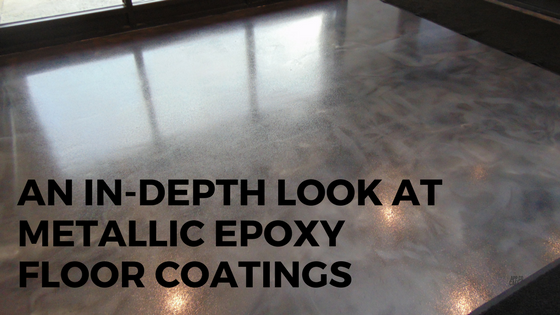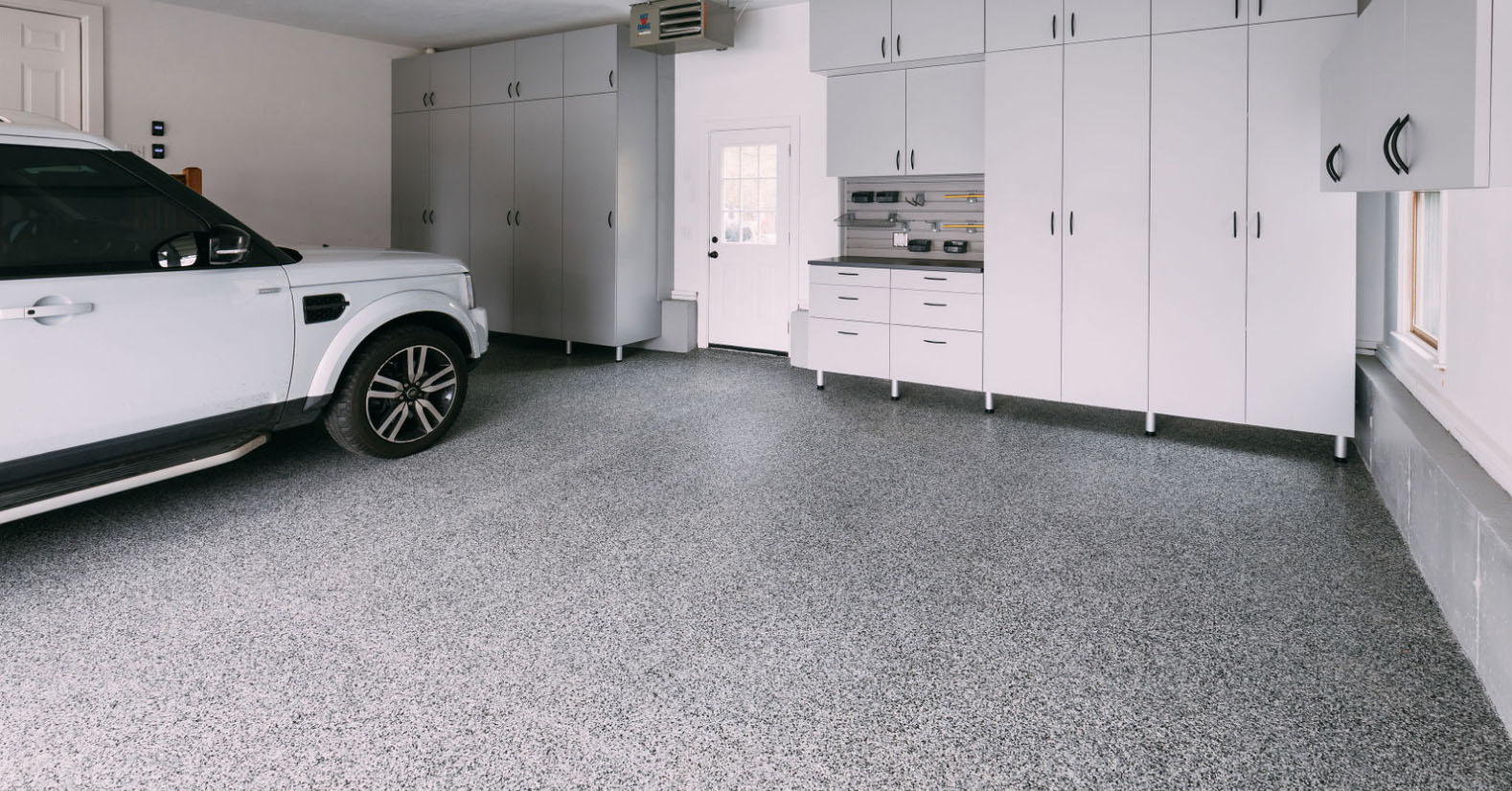From a leaky roof to a crack in your garage flooring, home-ownership is filled with unexpected expenses. Unfortunately, it is often impossible to anticipate when the need for a repair or improvement will arise. For many homeowners, this presents a major dilemma. The longer the renovation is put off, the worse the problem becomes and, in turn, the more costly it will be to fix it. To avoid this vicious cycle, it is crucial to stay on top of home improvements before it’s too late. The following methods can help you fund home improvements without breaking the bank:
Use Cash
Ideally, if you have the cash to pay for a home improvement, use it. Unfortunately, according to recent studies, more than half of all Americans are not in a position to pay for an unexpected expense of $500 or more. In the event that you have several home improvements to make, consider making smaller improvements one at a time and paying with cash. For instance, choose to install one of your favorite durable garage floorings in the spring and then opt for new cabinets in the fall. If your home improvements are large and costly and you can’t afford to pay in cash, don’t forgo the improvements until the condition of your home worsens. Explore other funding options to find a method that is suitable for you.
Secure a Home Improvement or Construction Loan
Whether you turn to your local bank or another lender, a home improvement loan can be an excellent route for more expensive improvements. While you will accrue interest charges, it is likely that the cost of interest will be less than the costs of any potential problems that may be created from delaying the improvement.
Use a Credit Card
Credit cards can be a lifesaver in the event of an unexpected expense. Like a loan, you will face interest charges if you cannot pay the balance in full before your billing cycle comes to an end. Using a credit card to fund a home improvement is ideal if you are strapped for cash now, but will have the funds to cover the costs in the near future. Typically, many homeowners choose this route for improvements that they do not have the cash to cover, yet are not pricey enough to warrant a large loan.
Refinance Your Mortgage
If you would fare well from refinancing your mortgage, doing so before making home improvements is ideal. Through this process, you replace your existing mortgage loan with an entirely new one, using either your existing lender or a new lender. Generally, this is done to secure lower interest rates or to change the length of your mortgage loan. By securing a lower interest rate or extending the length to 30 years instead of 15, for example, funds can be freed up to make home improvements. Whether you gain these additional funds through a lower monthly mortgage payment or through a “cash out” refinance, this is a popular way for homeowners to fund much-needed home improvements. As an added bonus, you will continue to have a lower mortgage payment long after the improvements have been completed.
Start a Home Improvement Fund
If you suspect that you will need to make repairs, renovations or other home improvements in the near future, start saving before the need actually arises. For instance, if you are interested in installing one of your favorite durable garage coatings in the next year, start saving now. By setting aside a small amount of money each week for home improvement goals, you will be prepared when the time comes. By being proactive, you eliminate the element of surprise and give yourself plenty of time to research exactly what you are looking for.
Regardless of whether you are looking to install durable garage coatings, implement an organizational system or make a repair to your existing garage flooring, contact the professionals at Boston Garage today to schedule your free on-site consultation.


